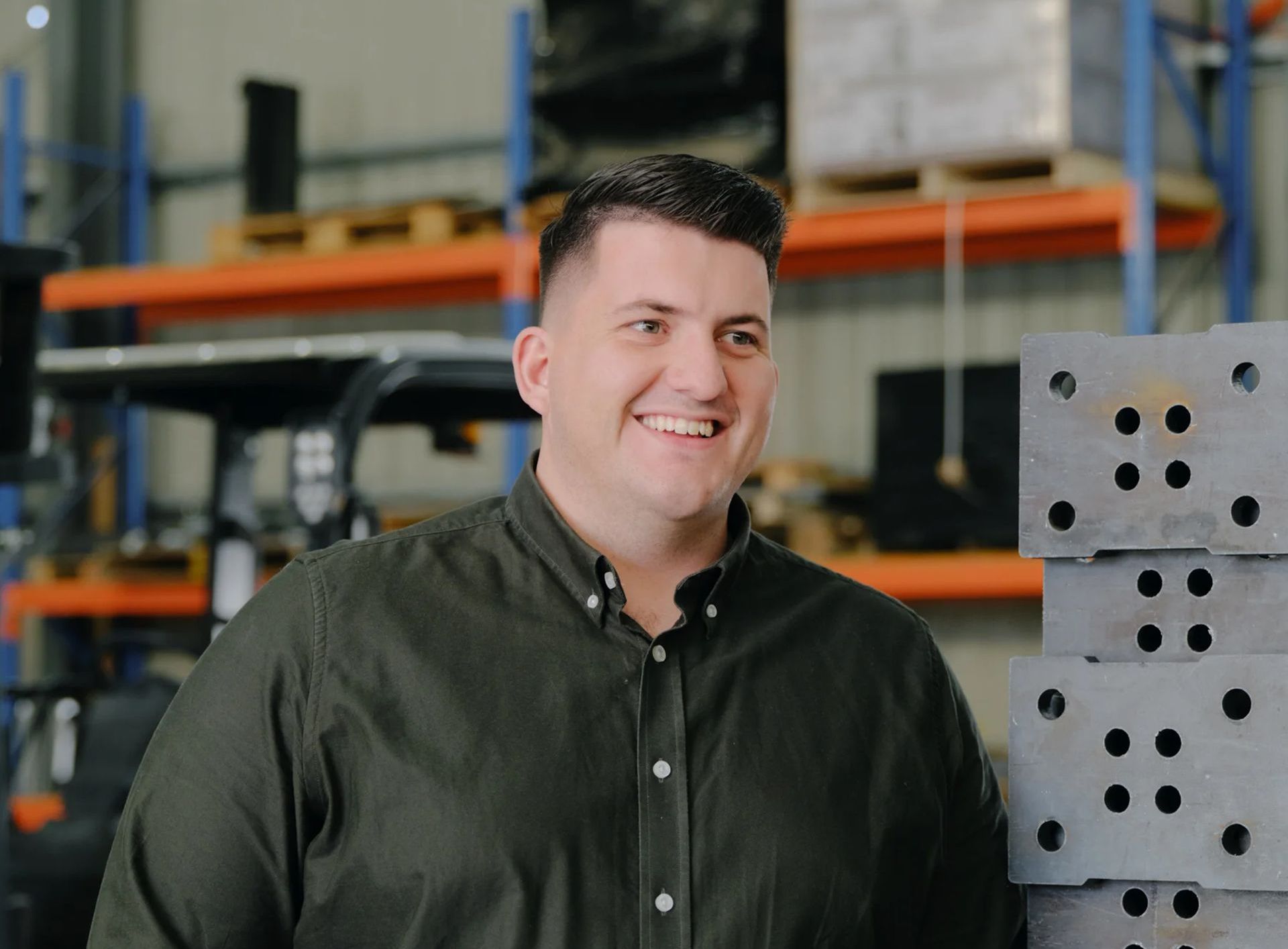Solar Panels on Industrial Sheds: The Future of Energy in Australia
11 May 2022 Shane Barker, Pre-Construction Manager
IN BRIEF:
- Solar panels convert sunlight into electricity, which can be used immediately by a building or fed back to the grid – but using it immediately on-site offers better value.
- The cost of solar installations has significantly decreased over time, making them more accessible for both residential and commercial projects.
- Commercial structures are ideal for large solar installations due to their expansive roof space.
- While solar batteries may not be suitable for every project due to cost considerations, they can offer significant benefits in reducing demand charges and providing additional revenue streams. Feasibility studies are crucial for assessing the viability of including batteries in solar systems.
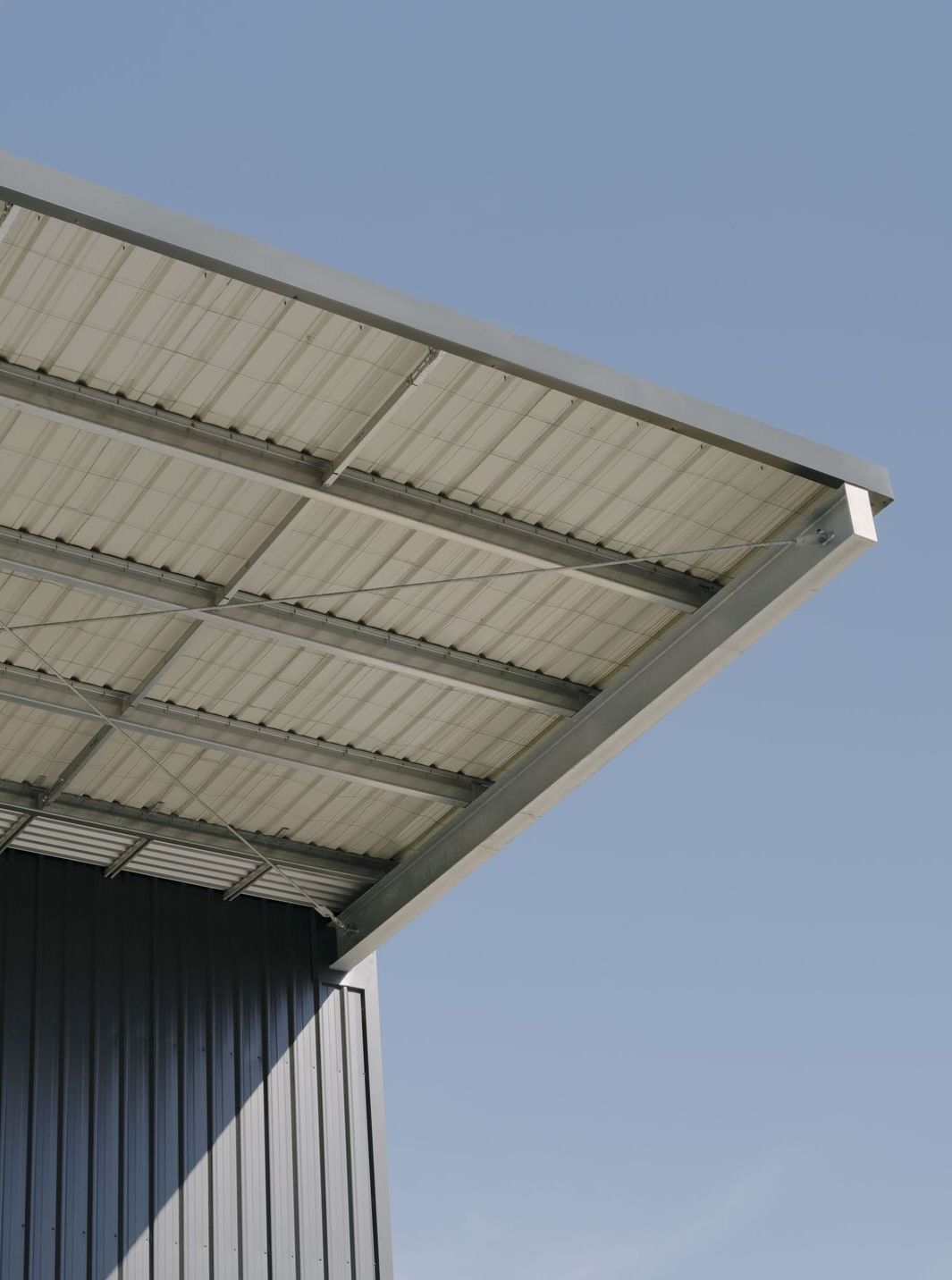
Unlocking Renewable Potential for Your Commercial Steel Building
In Season 2, Episode 3 of our SteelTalk Webinar Series, we spoke with Andy McCarthy, ex CEO and Director at
RACV Solar, about the future of solar energy in
industrial sheds and
commercial steel buildings. With renewable energy reshaping Australia’s energy landscape, solar panels on industrial and commercial structures are proving to be a game-changer.
How Does Solar Work?
Solar panels convert photon energy from the sun into DC electricity. This electricity is transformed by an inverter into AC electricity, which powers the building. By consuming this energy immediately, businesses can reduce reliance on the grid, creating sustainable, cost-effective solutions for industrial steel buildings.
For instance, generating and using 1kW of solar energy in real-time ensures it’s consumed as ‘free energy.’ This direct use offers greater financial returns compared to feeding it back to the grid, where rates are often as low as a few cents per kilowatt.
Using Solar Power Wisely in Warehouse Projects
Feeding excess solar power to the grid often yields minimal financial benefit due to low tariffs and government regulation. In contrast, using solar power on-site delivers the highest value. This approach is driving the rise of commercial solar projects across Australia, where businesses are seeing rapid returns on investment.
A well-designed solar system for an industrial shed or warehouse project can provide a return on investment in under four years.
The Evolution of Solar Systems
With 1 in 4 Australian households now equipped with solar panels, we’re one of the fastest adopters of solar globally. Similarly, businesses are increasingly recognising the benefits of solar in industrial steel buildings.
In the early days, a 5kW system cost around $18,000. Today, that same system costs less than $5,000, making solar more accessible than ever. However, low feed-in tariffs have prompted a surge in battery storage installations, allowing businesses to maximise the value of their solar systems.


Maximising ROI with Commercial Solar Installations
A 100kW solar system installed on a commercial roof typically costs $100,000, saving around $25,000 annually. This means building owners can recover their investment in just four years. Larger-scale projects, such as those integrating battery storage, offer even greater long-term benefits.
For businesses in sectors like manufacturing or cold storage, the decision to include battery systems depends on energy use patterns. A detailed feasibility study ensures the best system design for each industrial building.
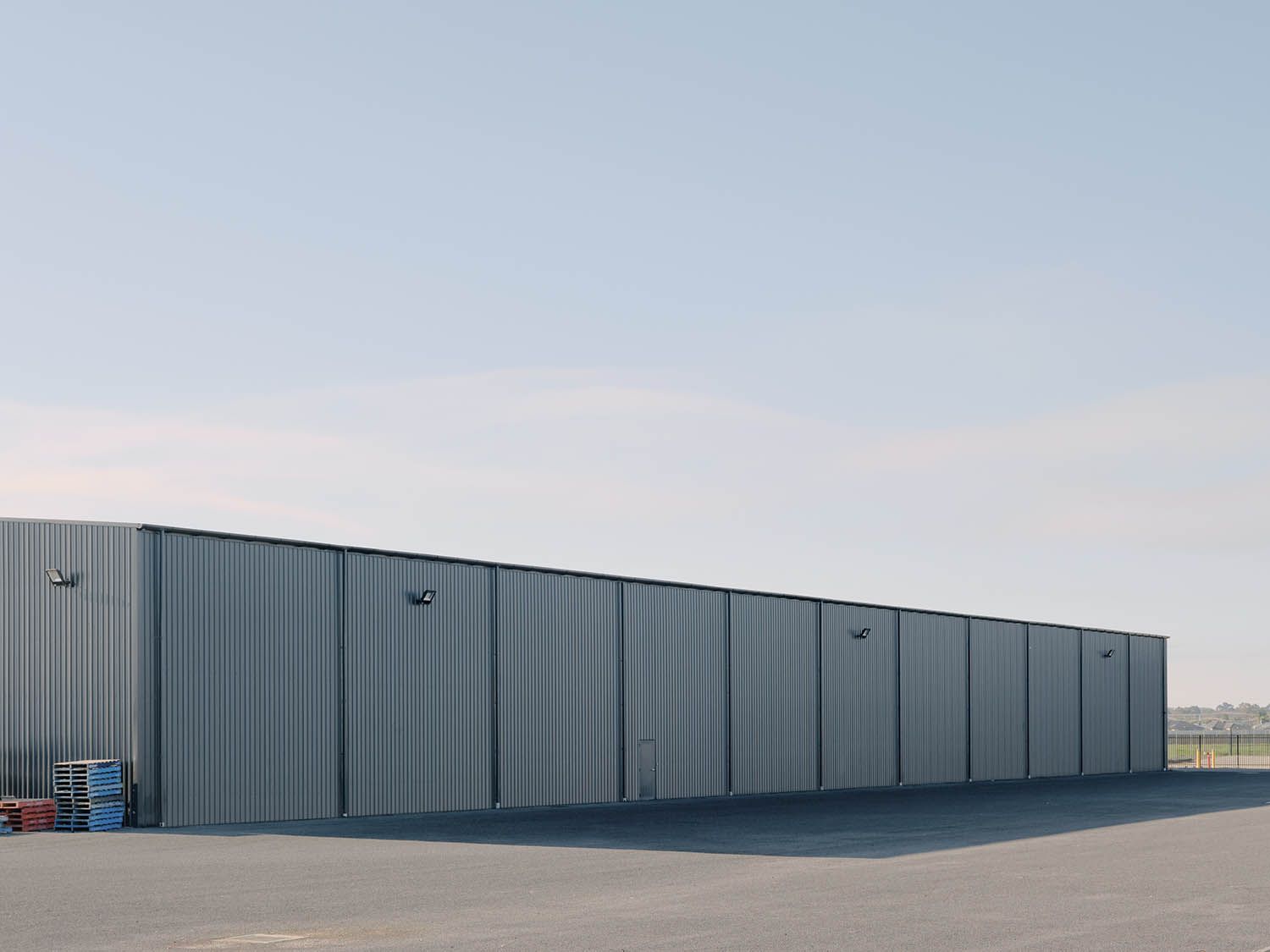
Examples of Large-Scale Solar Projects
Commercial structures like industrial sheds and warehouses are ideal for solar due to their expansive roof space. Two standout examples discussed in our webinar include:
- Latrobe Regional Hospital: A 1.4-megawatt system spanning 58 roof areas, delivering significant energy savings.
- Narellan Shopping Centre: A 2.6-megawatt system with 10mWh of storage, acting as a mini power station to support the local grid and generate revenue.
Both projects showcase the transformative potential of solar for large commercial operations.
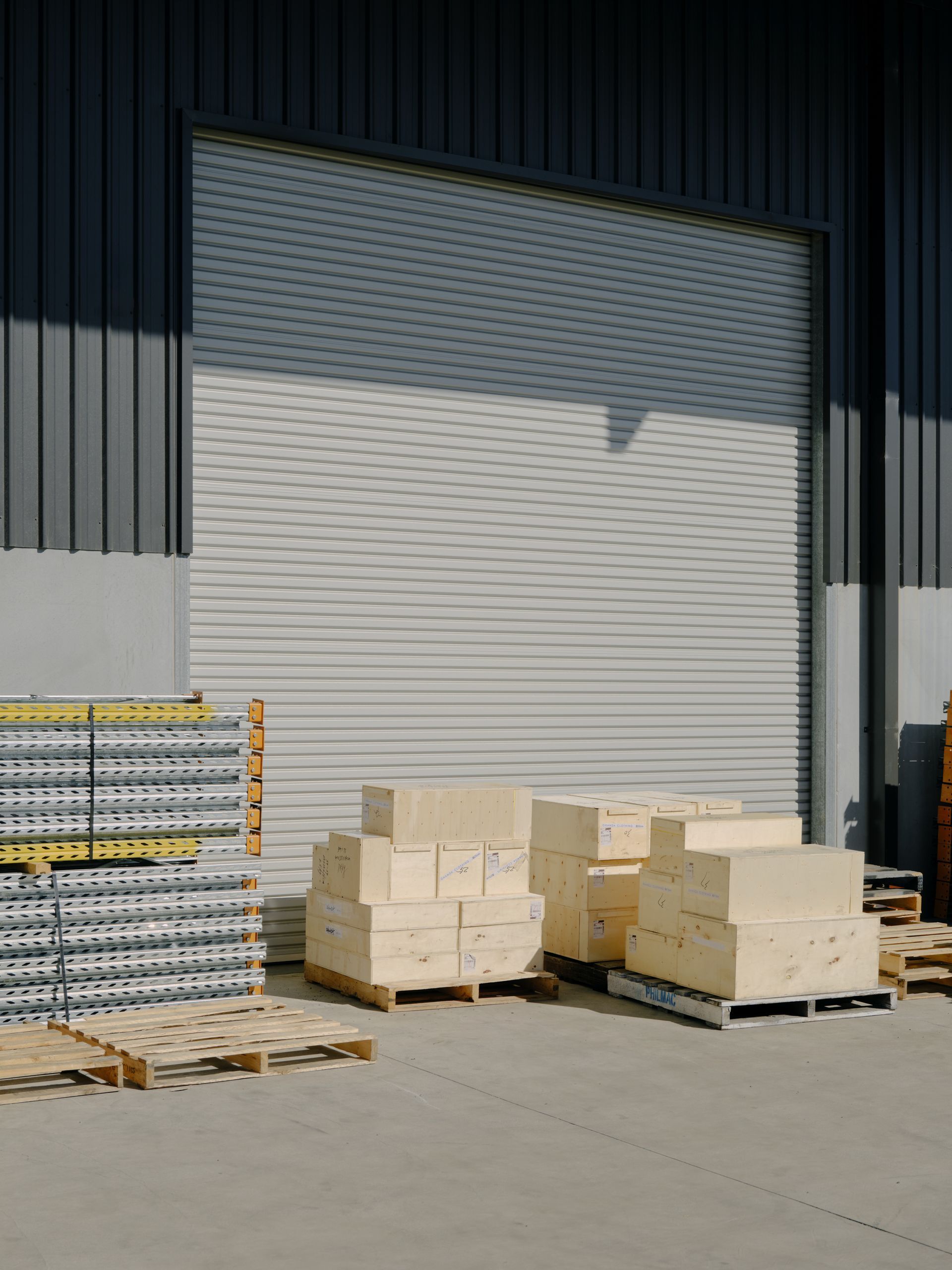
"Businesses need to use their solar power wisely and keep it on site where possible to ensure they get the maximum environmental benefit and cost savings from their system."
- Andy McCarthy, RACV Solar
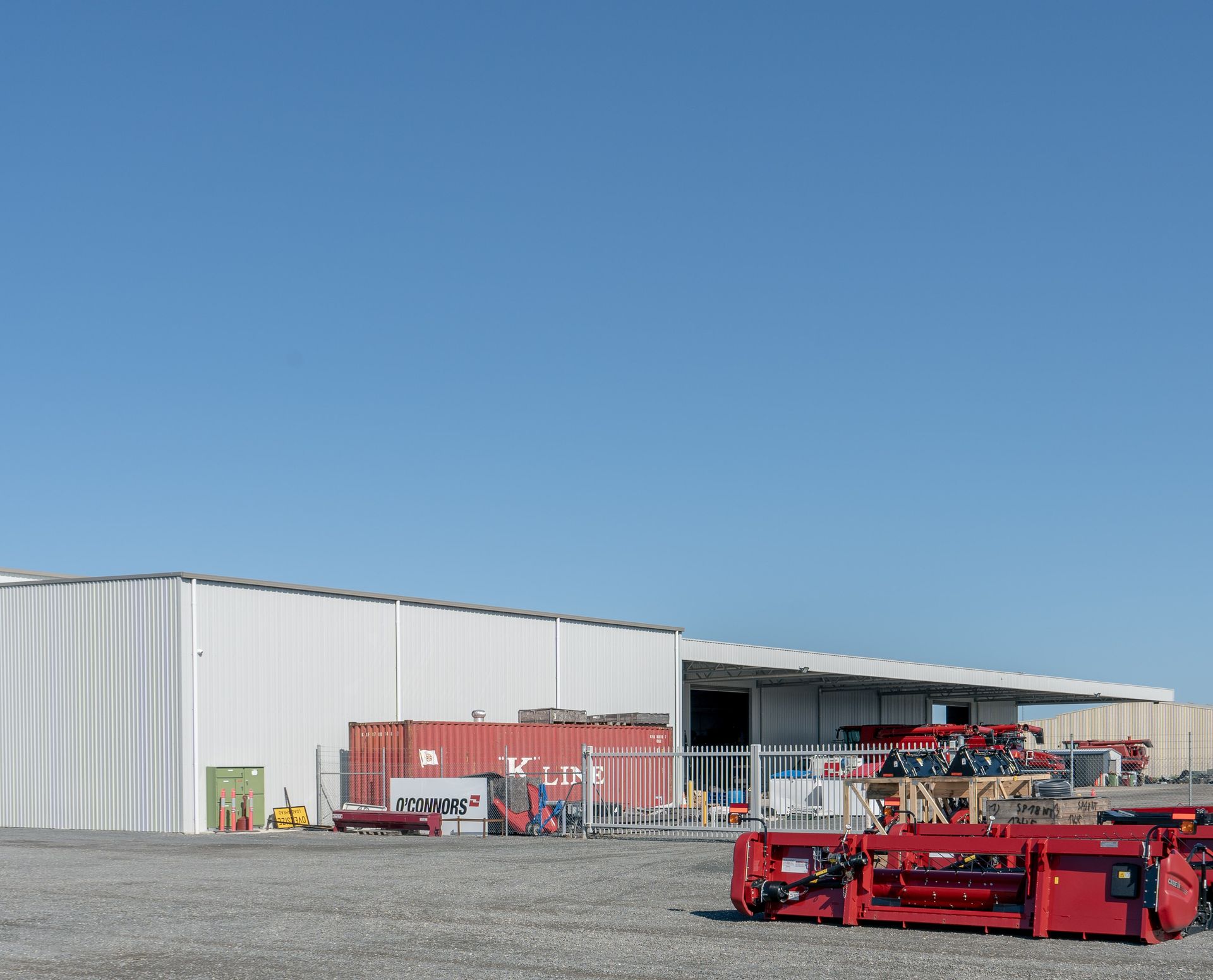
Designing Your Solar-Ready Industrial Shed
If you’re considering solar panels for your warehouse project or industrial shed, planning early is key. Collaborating with your design team ensures your roof is engineered to support solar installations efficiently.
At Steelcorp, we work with trusted partners like RACV Solar to provide comprehensive steel construction services, including:
- Feasibility studies
- Weather and energy modelling
- Design and engineering
- Installation and maintenance
Take the First Step Toward Energy Independence
Installing solar panels on your commercial steel building can dramatically reduce operating costs and support Australia’s renewable energy goals.
Contact Steelcorp today to explore how we can help design and deliver a solar-ready industrial shed tailored to your needs.
